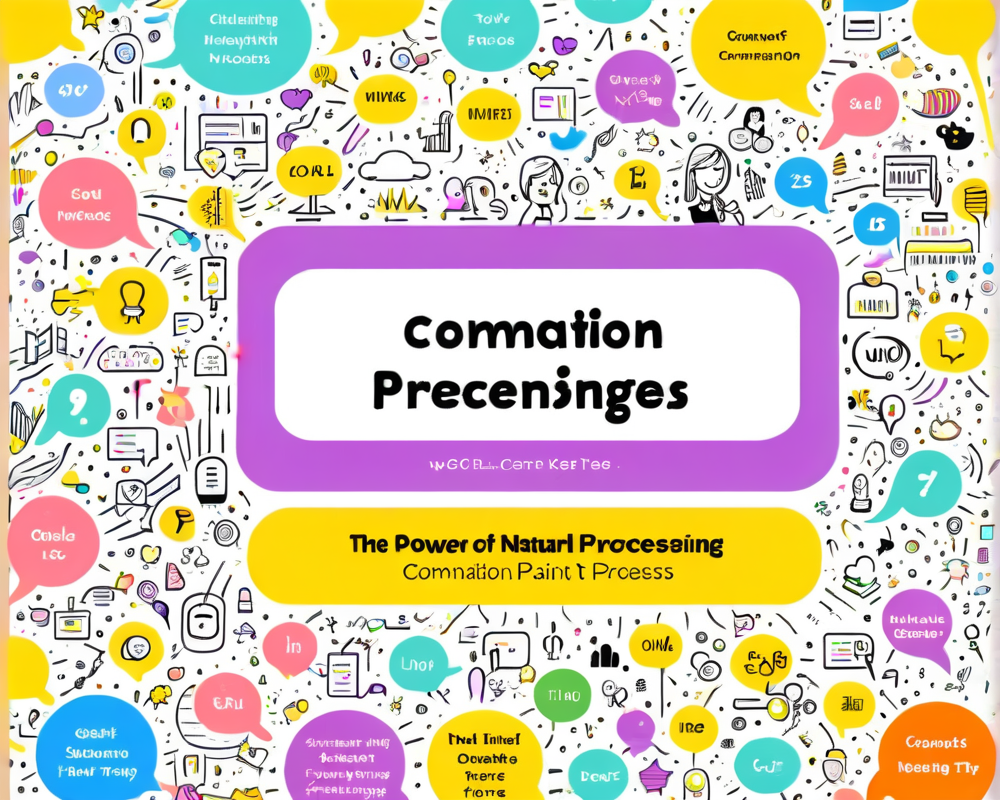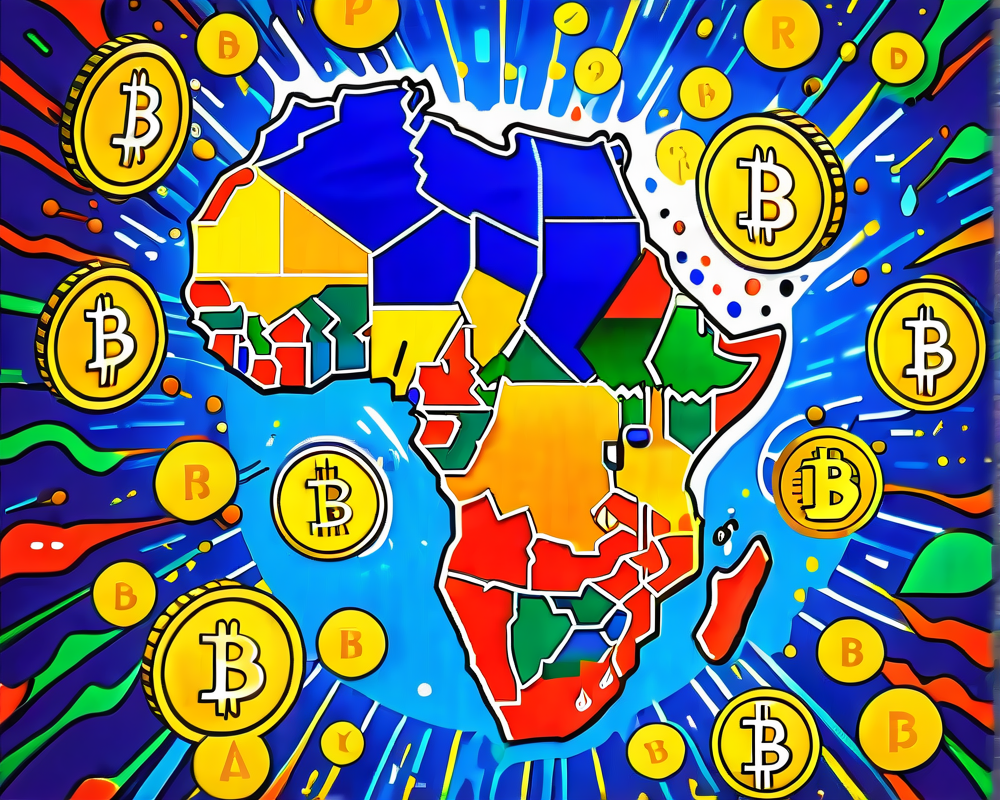Central Banks and the Bitcoin Revolution
In the grand chess game of global finance, central banks are often playing with a limited set of pieces. However, a new research paper from Harvard suggests that Bitcoin (BTC) might just be the unexpected knight in shining armor they need. Matthew Ferranti, a bright Ph.D. candidate from Huva’s economics department, delves into how these institutions can leverage Bitcoin to shield against the financial sanctions dealt by fiat reserve issuers.
The Case for Bitcoin
Ferranti’s groundbreaking work, aptly titled “Hedging Sanctions Risk: Cryptocurrency in Central Bank Reserves“, proposes that even in a stable financial climate, it makes sense for central banks to include a pinch of Bitcoin in their reserves. Picture it this way: in a world awash with geopolitical tension, having a robust hedging strategy could turn a dull upside into a glorious bull run—at least for central bank portfolios.
Gold vs. Bitcoin: Allies in Finance
When the light turns red on sanction risks, Ferranti advocates for central banks to increase their Bitcoin holdings, complementing their gold reserves. It’s like the Batman and Robin of the investment world, battling against the villains of financial hardship. Ferranti notes that nations facing threats of sanctions from the U.S. are upping their gold game more than their sanction-safe counterparts. And if gold can’t be scaled up quickly enough, Bitcoin becomes the reliable backup plan.
Diversification: A Central Banker’s Best Friend
Amidst the swirling unpredictability of sanctions, Ferranti argues for the necessity of diversifying these reserves, asserting it strengthens both crypto and gold’s worth. His analysis indicates that the token of decentralization—Bitcoin—could help central banks weather the financial squalls they face. In short, diversifying is not just a financial strategy, but a solid roadmap against large-scale economic turmoil.
Investor Confidence on the Rise
According to digital strategists at the Bank of America (BofA), the tightening correlation between Bitcoin and gold indicates a growing confidence among investors regarding Bitcoin’s viability as a safe haven during economic uncertainties. Think of it as Bitcoin earning street credibility—it’s no longer wallflower at the party but rather the life of it.
The Rise of Self-Custody
As this crypto landscape evolves, the idea of self-custody is gaining traction. Even amidst the challenges posed by disasters like the FTX exchange collapse, people are embracing this new approach. Still, community skeptics often remind us that self-custody isn’t without its trials—think tech glitches or good old familial complications when the cryptos go to that digital heaven after someone passes.
The Road Ahead
With these complex dynamics, the future of central bank reserves seems to be poised for a shake-up. Bitcoin, too many, might seem like an unpolished gem, but Ferranti’s research illuminates its potential as a legitimate asset. Moving forward, the interplay between Bitcoin, gold, and financial sanctions could chart a new course in the world of monetary policy.



